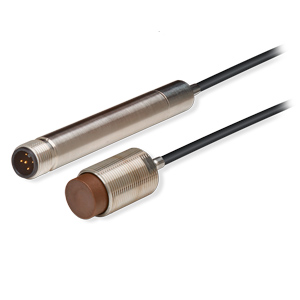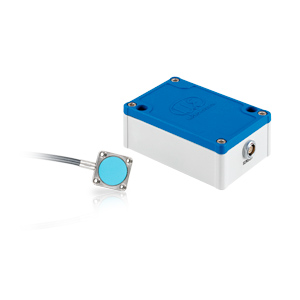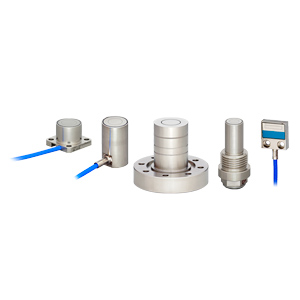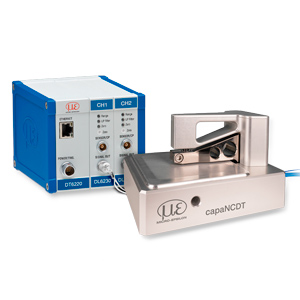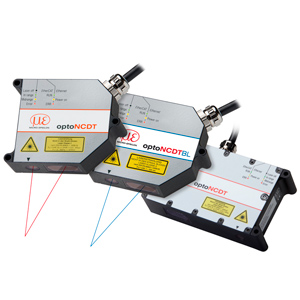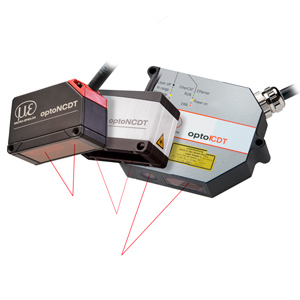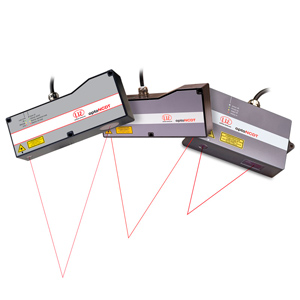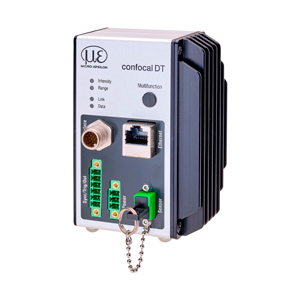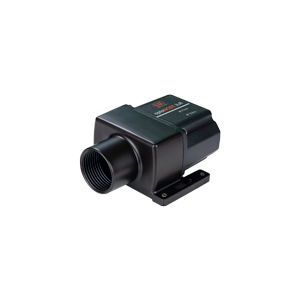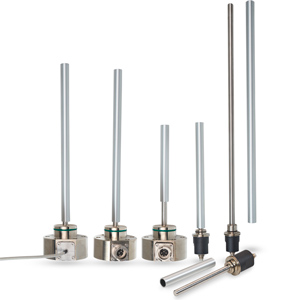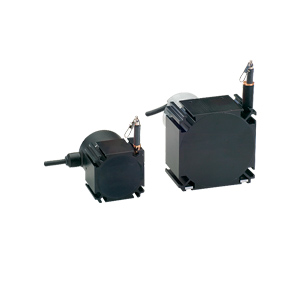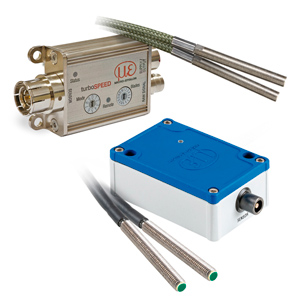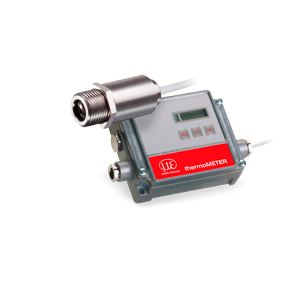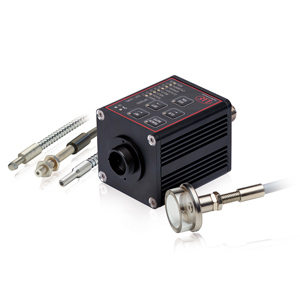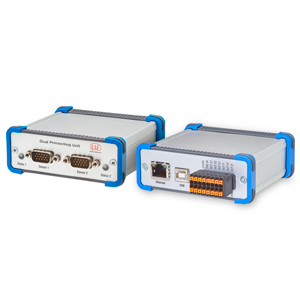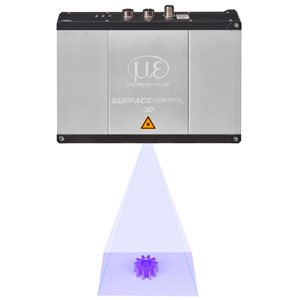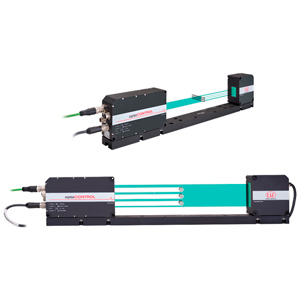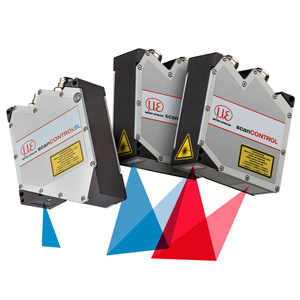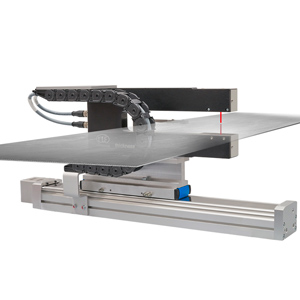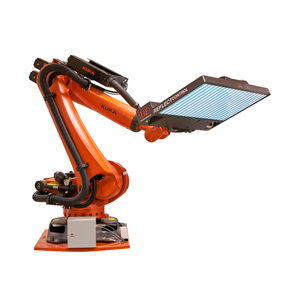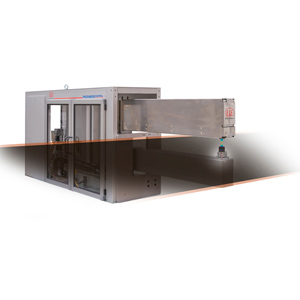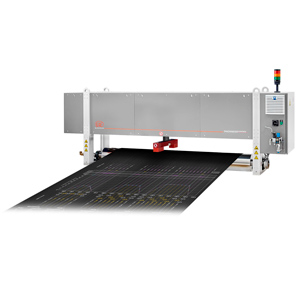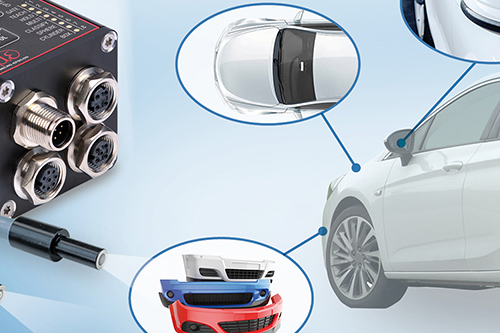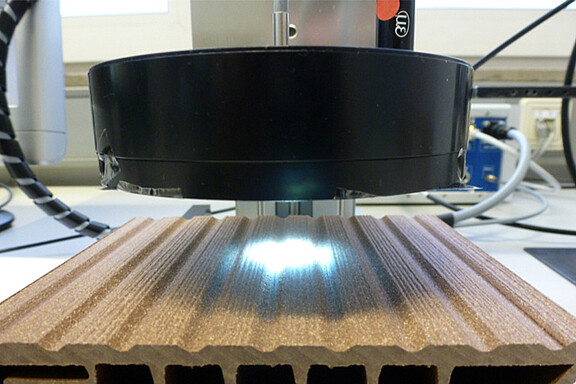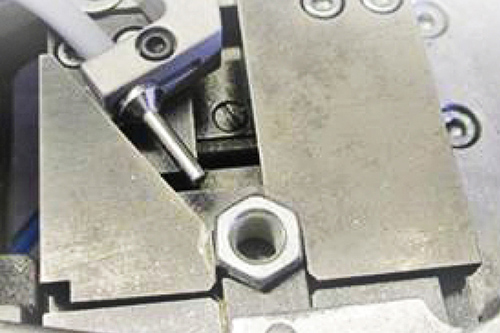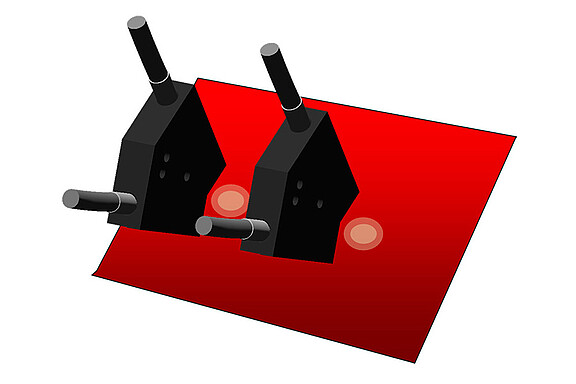- Distance Sensors
- Inductive sensors (eddy current)
- Configurator
- eddyNCDT 3001
![eddyNCDT 3001 Inductive sensors (eddy current)]() Compact eddy current sensors with integrated controller
Compact eddy current sensors with integrated controller - eddyNCDT 3005
![eddyNCDT 3005 Inductive sensors (eddy current)]() Miniature sensor system for integration into machines and systems
Miniature sensor system for integration into machines and systems - eddyNCDT 3060/3070
![eddyNCDT 3060/3070 Inductive sensors (eddy current)]() High-performance sensor system for industrial applications
High-performance sensor system for industrial applications - eddyNCDT 3300
![eddyNCDT 3300 Inductive sensors (eddy current)]() Ideal für schnelle Messaufgaben
Ideal für schnelle Messaufgaben - eddyNCDT 3700
- SGS 4701 Spindle Growth System
![SGS 4701 Spindle Growth System Inductive sensors (eddy current)]()
- Specific sensors
![Specific sensors Inductive sensors (eddy current)]()
- Capacitive sensors
- Sensor configurator
- capaNCDT 6019
- capaNCDT 6110
![capaNCDT 6110 Capacitive sensors]() Ideal for industrial applications
Ideal for industrial applications - capaNCDT 61x0/IP
![capaNCDT 61x0/IP Capacitive sensors]() Robust design for industrial applications
Robust design for industrial applications - capaNCDT 61x4
![capaNCDT 61x4 Capacitive sensors]() Active measuring system for long cables
Active measuring system for long cables - capaNCDT 6200
![capaNCDT 6200 Capacitive sensors]() Ideal for high-precision multi-channel measurements
Ideal for high-precision multi-channel measurements - capaNCDT 6228
![capaNCDT 6228 Capacitive sensors]() Ideal for high-temperature applications
Ideal for high-temperature applications - capaNCDT 6500
![capaNCDT 6500 Capacitive sensors]() Ideal for high-precision multi-channel measurements
Ideal for high-precision multi-channel measurements - capaNCDT sensors
![capaNCDT sensors Capacitive sensors]()
- Customer-specific sensors
![Customer-specific sensors Capacitive sensors]()
- combiSENSOR
![combiSENSOR Capacitive sensors]()
- capaNCDT DTV
![capaNCDT DTV Capacitive sensors]()
- capaNCDT MD6-22
![capaNCDT MD6-22 Capacitive sensors]()
- capaNCDT TFG6220
![capaNCDT TFG6220 Capacitive sensors]() Thickness measurement of electrically conductive films
Thickness measurement of electrically conductive films
- Laser triangulation sensors
- Configurator
- optoNCDT 1220
![optoNCDT 1220 Laser triangulation sensors]() Optimized for OEM and series use
Optimized for OEM and series use - optoNCDT 1320
![optoNCDT 1320 Laser triangulation sensors]() Compact design for precise measurements
Compact design for precise measurements - optoNCDT 1420
![optoNCDT 1420 Laser triangulation sensors]() Smart laser sensor for precise measurements
Smart laser sensor for precise measurements - optoNCDT 1900
![optoNCDT 1900 Laser triangulation sensors]() Innovative laser sensor for Advanced Automation
Innovative laser sensor for Advanced Automation - optoNCDT 2300
![optoNCDT 2300 Laser triangulation sensors]() Highly dynamic laser sensor for precise measurements
Highly dynamic laser sensor for precise measurements - optoNCDT 5500
![optoNCDT 5500 Laser triangulation sensors]() High-performance laser sensor for high-end applications
High-performance laser sensor for high-end applications - Blue Laser Sensors (BL)
![Blue Laser Sensors (BL) Laser triangulation sensors]() Blue Laser sensor for metals and organic materials
Blue Laser sensor for metals and organic materials - Laser Line Sensors (LL)
![Laser Line Sensors (LL) Laser triangulation sensors]() Ideal for shiny metallic and textured surfaces
Ideal for shiny metallic and textured surfaces - Long-range laser sensors
![Long-range laser sensors Laser triangulation sensors]() Ideal for large measurement distances
Ideal for large measurement distances - Customer-specific sensors
![Customer-specific sensors Laser triangulation sensors]()
- thicknessSENSOR
![thicknessSENSOR Laser triangulation sensors]()
- Confocal sensors
- Sensor configurator
- Confocal chromatic sensors
![Confocal chromatic sensors Confocal sensors]()
- confocalDT IFD2411
![confocalDT IFD2411 Confocal sensors]() Compact controller for series applications
Compact controller for series applications - confocalDT IFD2410/2415
![confocalDT IFD2410/2415 Confocal sensors]() Compact sensors with integrated controller
Compact sensors with integrated controller - confocalDT IFC2411
![confocalDT IFC2411 Confocal sensors]() Compact single-channel controller for industrial series applications
Compact single-channel controller for industrial series applications - confocalDT IFC2416
![confocalDT IFC2416 Confocal sensors]() Compact single-channel controller for industrial series applications
Compact single-channel controller for industrial series applications - confocalDT IFC2421/22
![confocalDT IFC2421/22 Confocal sensors]() Single or dual-channel controller for industrial applications
Single or dual-channel controller for industrial applications - confocalDT IFC2465/66
![confocalDT IFC2465/66 Confocal sensors]() One / two-channel controller for fast & precise measurements
One / two-channel controller for fast & precise measurements - Accessories
- Interferometers (white light)
- interferoMETER 5200-TH
![interferoMETER 5200-TH Interferometers (white light)]() Reliable inline measurement of thin layers
Reliable inline measurement of thin layers - interferoMETER 5400-DS
![interferoMETER 5400-DS Interferometers (white light)]() Absolute distance measurement with nanometer accuracy
Absolute distance measurement with nanometer accuracy - interferoMETER 5400-TH
![interferoMETER 5400-TH Interferometers (white light)]() Stable thickness measurement with submicrometer accuracy
Stable thickness measurement with submicrometer accuracy - interferoMETER 5600-DS
![interferoMETER 5600-DS Interferometers (white light)]() Absolute distance measurement with subnanometer accuracy
Absolute distance measurement with subnanometer accuracy - interferoMETER 5420-TH
![interferoMETER 5420-TH Interferometers (white light)]() High-precision thickness measurement of SI wafers
High-precision thickness measurement of SI wafers
- interferoMETER 5200-TH
- Laser distance sensors
- optoNCDT ILR1171
![optoNCDT ILR1171 Laser distance sensors]() High speed sensors also for outdoor applications
High speed sensors also for outdoor applications - optoNCDT ILR2250
![optoNCDT ILR2250 Laser distance sensors]() High-performance laser distance sensors
High-performance laser distance sensors - optoNCDT ILR3800
![optoNCDT ILR3800 Laser distance sensors]() High-performance laser distance sensor for industrial applications
High-performance laser distance sensor for industrial applications - optoNCDT ILR104x
![optoNCDT ILR104x Laser distance sensors]() Compact and reliable laser distance sensor
Compact and reliable laser distance sensor
- optoNCDT ILR1171
- Inductive sensors (LVDT)
- induSENSOR DTD gauge
![induSENSOR DTD gauge Inductive sensors (LVDT)]() Push-button with compact cable controller
Push-button with compact cable controller - induSENSOR DTA gages
![induSENSOR DTA gages Inductive sensors (LVDT)]() LVDT gauges
LVDT gauges - induSENSOR DTA sensors
![induSENSOR DTA sensors Inductive sensors (LVDT)]() LVDT displacement sensors
LVDT displacement sensors - induSENSOR LDR
![induSENSOR LDR Inductive sensors (LVDT)]() Linear displacement sensors
Linear displacement sensors - Clamping stroke sensor
![Clamping stroke sensor Inductive sensors (LVDT)]() Sensors for monitoring the clamping position
Sensors for monitoring the clamping position - MSC7x0x controller
![MSC7x0x controller Inductive sensors (LVDT)]()
- induSENSOR EDS
![induSENSOR EDS Inductive sensors (LVDT)]() Long-stroke sensors with integrated electronics
Long-stroke sensors with integrated electronics - Customer-specific sensors for OEM & series applications
![Customer-specific sensors for OEM & series applications Inductive sensors (LVDT)]()
- induSENSOR DTD gauge
- Magneto-inductive sensors
- mainSENSOR MDS-35/-45
![mainSENSOR MDS-35/-45 Magneto-inductive sensors]() Robust sensors with M12, M18 and M30 design
Robust sensors with M12, M18 and M30 design - mainSENSOR MDS-40-MK
![mainSENSOR MDS-40-MK Magneto-inductive sensors]() Sensors for series applications
Sensors for series applications - mainSENSOR MDS-40-LP
![mainSENSOR MDS-40-LP Magneto-inductive sensors]() Sensors with circuit-board design
Sensors with circuit-board design - Customer-specific sensors
![Customer-specific sensors Magneto-inductive sensors]()
- mainSENSOR MDS-35/-45
- String-potentiometer sensors
- String-potentiometer sensors for serial integration & OEM
![String-potentiometer sensors for serial integration & OEM String-potentiometer sensors]() Miniature sensors with plastic housing
Miniature sensors with plastic housing - Industrial string-potentiometer sensors
![Industrial string-potentiometer sensors String-potentiometer sensors]() Robust sensors with aluminum housing
Robust sensors with aluminum housing - String-potentiometer sensors for fast measurements
![String-potentiometer sensors for fast measurements String-potentiometer sensors]() For high wire accelerations
For high wire accelerations - Mechanics
![Mechanics String-potentiometer sensors]() Draw-wire mechanisms for encoder mounting
Draw-wire mechanisms for encoder mounting
- String-potentiometer sensors for serial integration & OEM
- Inductive sensors (eddy current)
- Industry sensors
- 2D/3D Measurement
- 3D sensors
- Optical precision micrometer
- optoCONTROL 1200
![optoCONTROL 1200 Optical precision micrometer]() Compact high-speed micrometer
Compact high-speed micrometer - optoCONTROL 2520
![optoCONTROL 2520 Optical precision micrometer]() Compact laser micrometer (class 1M)
Compact laser micrometer (class 1M) - optoCONTROL 2700
![optoCONTROL 2700 Optical precision micrometer]() High-performance micrometer for the highest demands
High-performance micrometer for the highest demands
- optoCONTROL 1200
- Laser profile scanners
- Configurator
- scanCONTROL 25x0
![scanCONTROL 25x0 Laser profile scanners]() Laser scanner for series applications
Laser scanner for series applications - scanCONTROL 29x0
![scanCONTROL 29x0 Laser profile scanners]() Compact laser scanners with high precision
Compact laser scanners with high precision - scanCONTROL 30x2
![scanCONTROL 30x2 Laser profile scanners]() Powerful 2D/3D laser scanners
Powerful 2D/3D laser scanners - scanCONTROL 30x0
![scanCONTROL 30x0 Laser profile scanners]() High-performance laser scanners
High-performance laser scanners - Software
- Options & Accessories
- Applications
- Measuring systems
- Sensor systems for precise 3D and thickness measurement
- thicknessGAUGE 3D
![thicknessGAUGE 3D Sensor systems for precise 3D and thickness measurement]() Inline thickness and profile measurements
Inline thickness and profile measurements - thicknessGAUGE C.LL
![thicknessGAUGE C.LL Sensor systems for precise 3D and thickness measurement]() Inline thickness measurement (laser sensors)
Inline thickness measurement (laser sensors) - thicknessGAUGE C.C
![thicknessGAUGE C.C Sensor systems for precise 3D and thickness measurement]() Inline thickness measurement (confocal)
Inline thickness measurement (confocal) - thicknessGAUGE C.LP
![thicknessGAUGE C.LP Sensor systems for precise 3D and thickness measurement]() Inline-Dickenmessung (Laser-Profilsensoren)
Inline-Dickenmessung (Laser-Profilsensoren) - thicknessGAUGE O.EC
![thicknessGAUGE O.EC Sensor systems for precise 3D and thickness measurement]() Inline thickness measurement (eddy current/capacitive)
Inline thickness measurement (eddy current/capacitive)
- thicknessGAUGE 3D
- Measuring and inspection systems for metals
- Measuring and inspection systems for the automotive industry
- Measuring systems for the battery production
- Inspection and production systems for the tire industry
- Gauges and inspection systems for plastics
- Sensor systems for precise 3D and thickness measurement
- Applications
- Industries
- Additive Manufacturing
- Aerospace
- Automation
- Automotive
- Battery production
- Structural monitoring & Building material production
- Electronics production
- Energy technology
- Glass
- Semiconductors & Wafers
- Plastics
- Paint inspection
- Machine building
- Medical technology
- Metrology & Testing technology
- Metal production
- Mobile machines
- Precision optics
- Tracks & Rail traffic
- Welding automation
- Search by measurement
- Industries
- Contact


